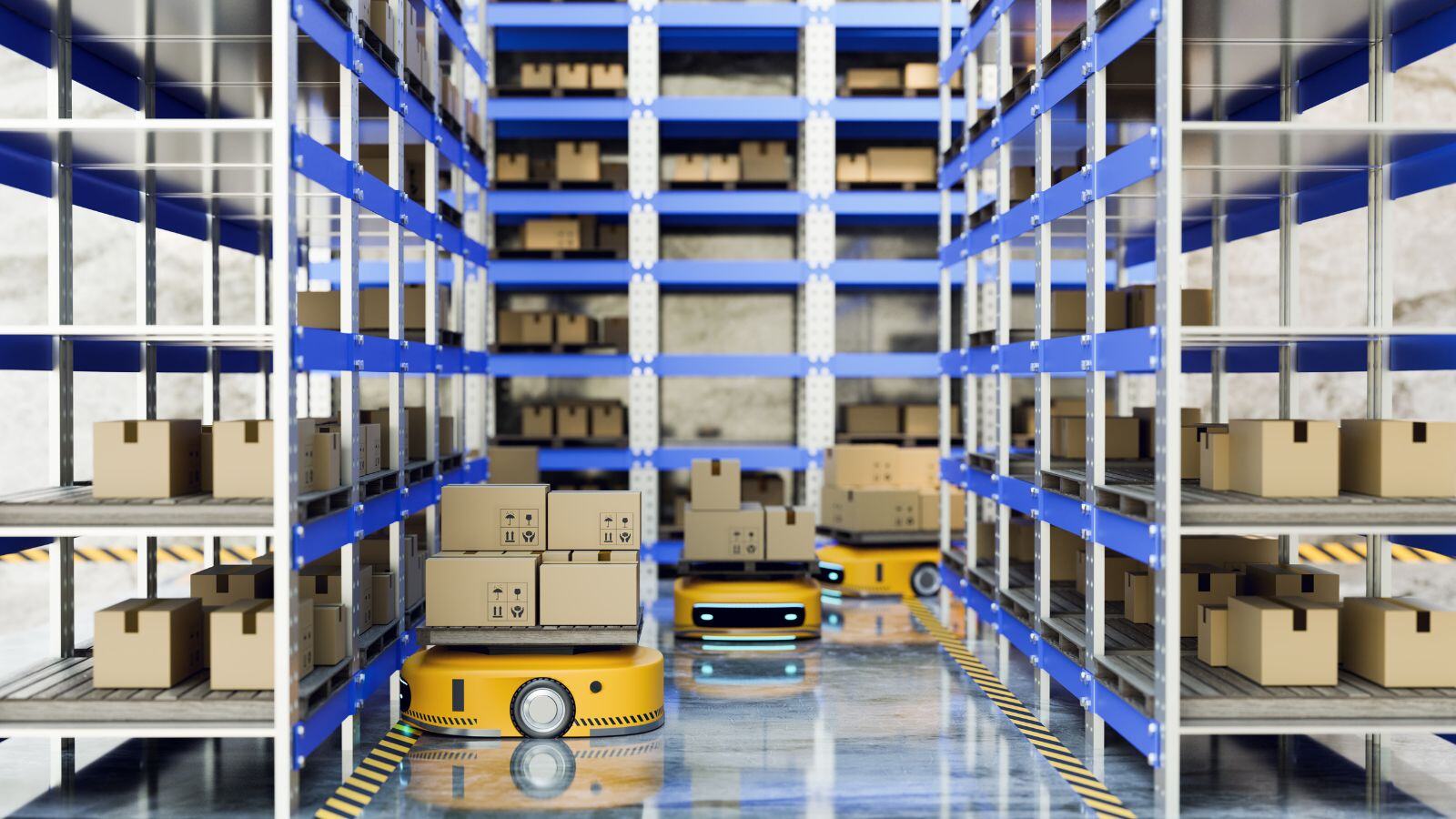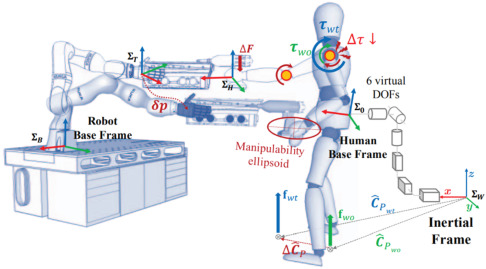How to Build and Program a Humanoid Robot?
Building and programming a humanoid robot can seem like a daunting task, but with the right guidance and resources, anyone can embark on this exciting journey. Whether you’re a beginner or an experienced roboticist, this comprehensive guide will provide you with the knowledge and tools you need to bring your robot to life.
Step 1: Research and Planning
Before diving into the construction process, it’s essential to conduct thorough research on humanoid robots. Familiarize yourself with the basic concepts of robotics, such as sensors, actuators, and microcontrollers. Identify the specific features you want your robot to have, whether it’s bipedal movement, facial recognition, or voice commands.
- Research different humanoid robot designs and technologies.
- Create a detailed project plan with milestones and deadlines.
- Identify the necessary components and materials for your robot.
Step 2: Building the Robot
Once you have a solid plan in place, it’s time to start building your humanoid robot. Begin by assembling the mechanical structure of the robot, such as the limbs, joints, and body. Consider using materials like aluminum, plastic, or 3D-printed parts for durability and flexibility.
- Follow detailed assembly instructions provided by robot kits or online resources.
- Test the mechanical components for stability and range of motion.
- Add sensors, cameras, and other electronic components to enhance the robot’s functionality.
Step 3: Programming the Robot
Programming is the heart of any robot, allowing it to perform a wide range of tasks and behaviors. Choose a programming language that suits your skill level and the capabilities of your robot, such as C/C++, Python, or Arduino. Develop algorithms for navigation, object recognition, and interaction with the environment.
- Learn basic programming concepts and syntax if you’re a beginner.
- Utilize libraries and frameworks to expedite the development process.
- Test and debug your code to ensure smooth operation of the robot.
Step 4: Testing and Iteration
After programming your humanoid robot, it’s crucial to test its functionalities and performance in various scenarios. Conduct thorough testing to identify any bugs or inefficiencies in the robot’s behavior. Gather feedback from users and experts to iterate on the design and programming of the robot.
- Test the robot’s movements, interactions, and responses to commands.
- Collect data on the robot’s performance and make necessary adjustments.
- Iterate on the robot’s design and functionalities to enhance its capabilities.
Step 5: Maintenance and Upgrades
Once your humanoid robot is up and running, it’s essential to maintain its functionality and performance over time. Regularly check for wear and tear on mechanical components, replace sensors or actuators as needed, and install software updates to improve the robot’s capabilities.
- Perform routine maintenance tasks to keep the robot in optimal condition.
- Upgrade the robot’s hardware and software to add new features and functionalities.
- Stay up-to-date on advancements in robotics technology to enhance your robot’s performance.
Building and programming a humanoid robot is a rewarding and challenging endeavor that requires patience, perseverance, and creativity. By following these steps and leveraging the right resources, you can bring your robot to life and embark on a fascinating journey into the world of robotics.
How to Build and Program a Humanoid Robot?
Building and programming a humanoid robot can seem like a daunting task, but with the right guidance and resources, anyone can embark on this exciting journey. Whether you’re a beginner or an experienced roboticist, this comprehensive guide will provide you with the knowledge and tools you need to bring your robot to life.
Step 1: Research and Planning
Before diving into the construction process, it’s essential to conduct thorough research on humanoid robots. Familiarize yourself with the basic concepts of robotics, such as sensors, actuators, and microcontrollers. Identify the specific features you want your robot to have, whether it’s bipedal movement, facial recognition, or voice commands.
- Research different humanoid robot designs and technologies.
- Create a detailed project plan with milestones and deadlines.
- Identify the necessary components and materials for your robot.
Step 2: Building the Robot
Once you have a solid plan in place, it’s time to start building your humanoid robot. Begin by assembling the mechanical structure of the robot, such as the limbs, joints, and body. Consider using materials like aluminum, plastic, or 3D-printed parts for durability and flexibility.
- Follow detailed assembly instructions provided by robot kits or online resources.
- Test the mechanical components for stability and range of motion.
- Add sensors, cameras, and other electronic components to enhance the robot’s functionality.
Step 3: Programming the Robot
Programming is the heart of any robot, allowing it to perform a wide range of tasks and behaviors. Choose a programming language that suits your skill level and the capabilities of your robot, such as C/C++, Python, or Arduino. Develop algorithms for navigation, object recognition, and interaction with the environment.
- Learn basic programming concepts and syntax if you’re a beginner.
- Utilize libraries and frameworks to expedite the development process.
- Test and debug your code to ensure smooth operation of the robot.
Step 4: Testing and Iteration
After programming your humanoid robot, it’s crucial to test its functionalities and performance in various scenarios. Conduct thorough testing to identify any bugs or inefficiencies in the robot’s behavior. Gather feedback from users and experts to iterate on the design and programming of the robot.
- Test the robot’s movements, interactions, and responses to commands.
- Collect data on the robot’s performance and make necessary adjustments.
- Iterate on the robot’s design and functionalities to enhance its capabilities.
Step 5: Maintenance and Upgrades
Once your humanoid robot is up and running, it’s essential to maintain its functionality and performance over time. Regularly check for wear and tear on mechanical components, replace sensors or actuators as needed, and install software updates to improve the robot’s capabilities.
- Perform routine maintenance tasks to keep the robot in optimal condition.
- Upgrade the robot’s hardware and software to add new features and functionalities.
- Stay up-to-date on advancements in robotics technology to enhance your robot’s performance.
Building and programming a humanoid robot is a rewarding and challenging endeavor that requires patience, perseverance, and creativity. By following these steps and leveraging the right resources, you can bring your robot to life and embark on a fascinating journey into the world of robotics.



